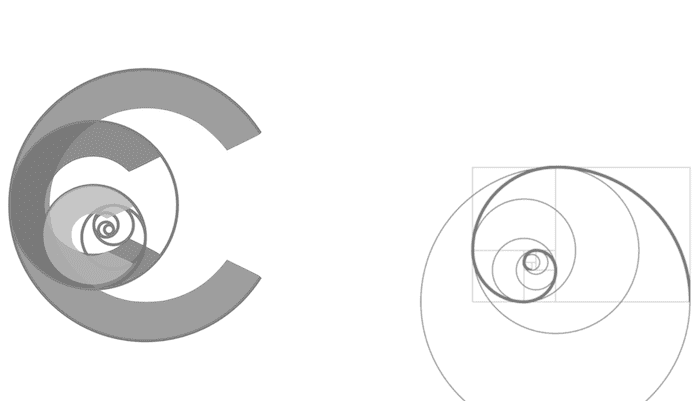Haematuria in trauma
OVERVIEW
- Haematuria in trauma may be microscopic (with or without symptoms) or macroscopic
- In general, the greater the degree of hematuria the greater the risk of significant intra-abdominal injury (including non-urinary tract structures)
- About 5% of renal injuries and up to 20% of renovascular injuries lack hematuria — even severe injuries such as renal artery injury or ureteropelvic disruption may present without hematuria
GOALS
- find source of bleeding along urological tract
- treat cause
- support blood volume
- identify associated injuries
ASSESSMENT
Clinical interpretation of haematuria is not diagnostic, however:
- Faint haematuria, primarily shades of pink, is usually associated with renal injury or a bladder contusion
- A moderate amount of darkly bloody urine is frequently associated with extraperitoneal bladder injury
- A small amount of very dark, bloody urine may mean an intraperitoneal bladder injury
- Scant and very dark blood in the catheter suggests a urethral injury or a catheter balloon inflated in the urethra
Microscopic haematuria in blunt trauma
- If the patient is asymptomatic the yield of injuries requiring intervention in this setting is extremely low:
— no further imaging is needed
— arrange repeat urinalysis (e.g. in a week’s time) and close follow up by a GP
— Some experts advocate imaging in pediatric patients with asymptomatic haematuria following blunt abdominal trauma as they are more vulnerable to significant renal injury; cut off values vary, with values from 5 to 50 RBCs/hpf being suggested. - Haematuria with <5 RBCs/hpf can be caused by urinary catheter insertion
- If the patient is significantly symptomatic, they may have associated non-urinary intrabdominal or retroperitoneal injury:
— CT abdomen with IV contrast
Macroscopic haematuria in blunt trauma
- 50% of such patients have renal injuries, and a further 15% have injuries to other intra-abdominal organs:
— CT abdomen with IV contrast and CT cystogram
Haematuria in penetrating trauma
- surgical exploration +/- CT if stable
Perform urethrogram if suspected urethral injury
- displaced fractures of the pelvic ring, particularly ‘butterfly fractures’
- Gross haematuria, difficulty placing a urinary catheter
- Classic clinical features are uncommon:
— blood at the meatus
— perineal / scrotal haematoma
— high riding prostate on examination
Skeletal injuries associated with genitourinary injury:
- Pelvic fractures
— posterior urethrethal injury (above the urogenital diaphragm) and bladder injury - Perineal straddle injury
— anterior urethral injury - Fracture of the lower posterior ribs, lower thoracic or lumbar vertebrae
— renal or ureteral injuries
MANAGEMENT
- ATLS approach
- Urology referral if significant identifiable injury
- Renal injury
— Most renal injuries (Grades I to III, and most Grade IV injuries) can be managed conservatively, as they tend to heal spontaneously
— Surgical repair is needed for urinary extravasation or if ongoing bleeding or hemodynamic instability due to renal injury
— Alternatives to operative repair are interventional radiology to embolise bleeding vessels or to stent dissected renal arteries, and urinary extravasation may be amenable to stenting
— Grade V injuries (avulsed kidneys) need operative intervention and often require nephrectomy - Ureteral injury
— contusions may be conservatively managed
— more significant injuries require operative repair, urinary diversion, or (rarely) nephrectomy - Bladder injury
— Bladder contusion and hematomas can be observed
— Intraperitoneal rupture requires laparotomy and surgical repair
— Extraperitoneal rupture can often be managed with simple catheterisation (usually about 10 days) - Urethral injury
— Suprapubic catheterization may be required initially, followed by operative repair
Reference and Links
LITFL
FOAM and web resources
- The Trauma Professional’s Blog — AAST Revises Renal Injury Grading
- The Trauma Professional’s Blog — Evaluation of Hematuria in Blunt Trauma
[cite]

Critical Care
Compendium
Chris is an Intensivist and ECMO specialist at The Alfred ICU, where he is Deputy Director (Education). He is a Clinical Adjunct Associate Professor at Monash University, the Lead for the Clinician Educator Incubator programme, and a CICM First Part Examiner.
He is an internationally recognised Clinician Educator with a passion for helping clinicians learn and for improving the clinical performance of individuals and collectives. He was one of the founders of the FOAM movement (Free Open-Access Medical education) has been recognised for his contributions to education with awards from ANZICS, ANZAHPE, and ACEM.
His one great achievement is being the father of three amazing children.
On Bluesky, he is @precordialthump.bsky.social and on the site that Elon has screwed up, he is @precordialthump.
| INTENSIVE | RAGE | Resuscitology | SMACC
